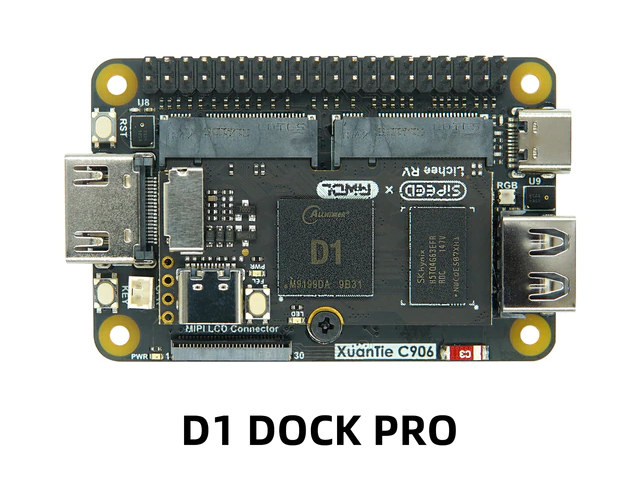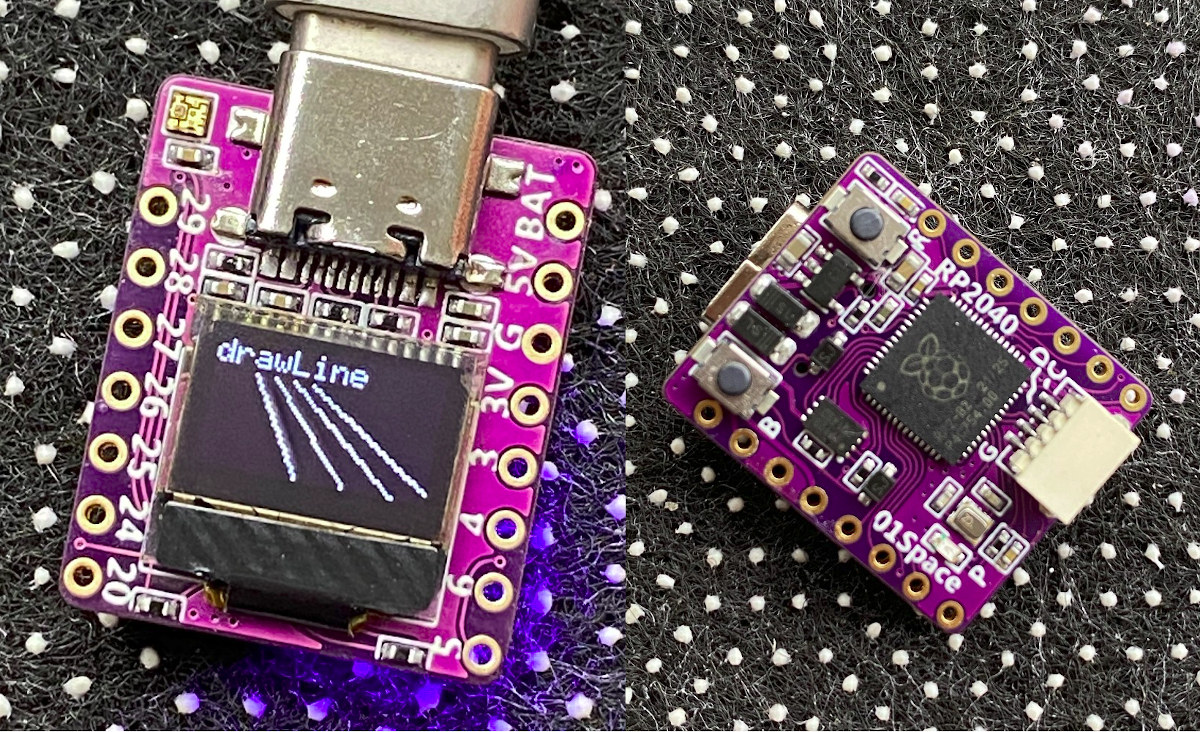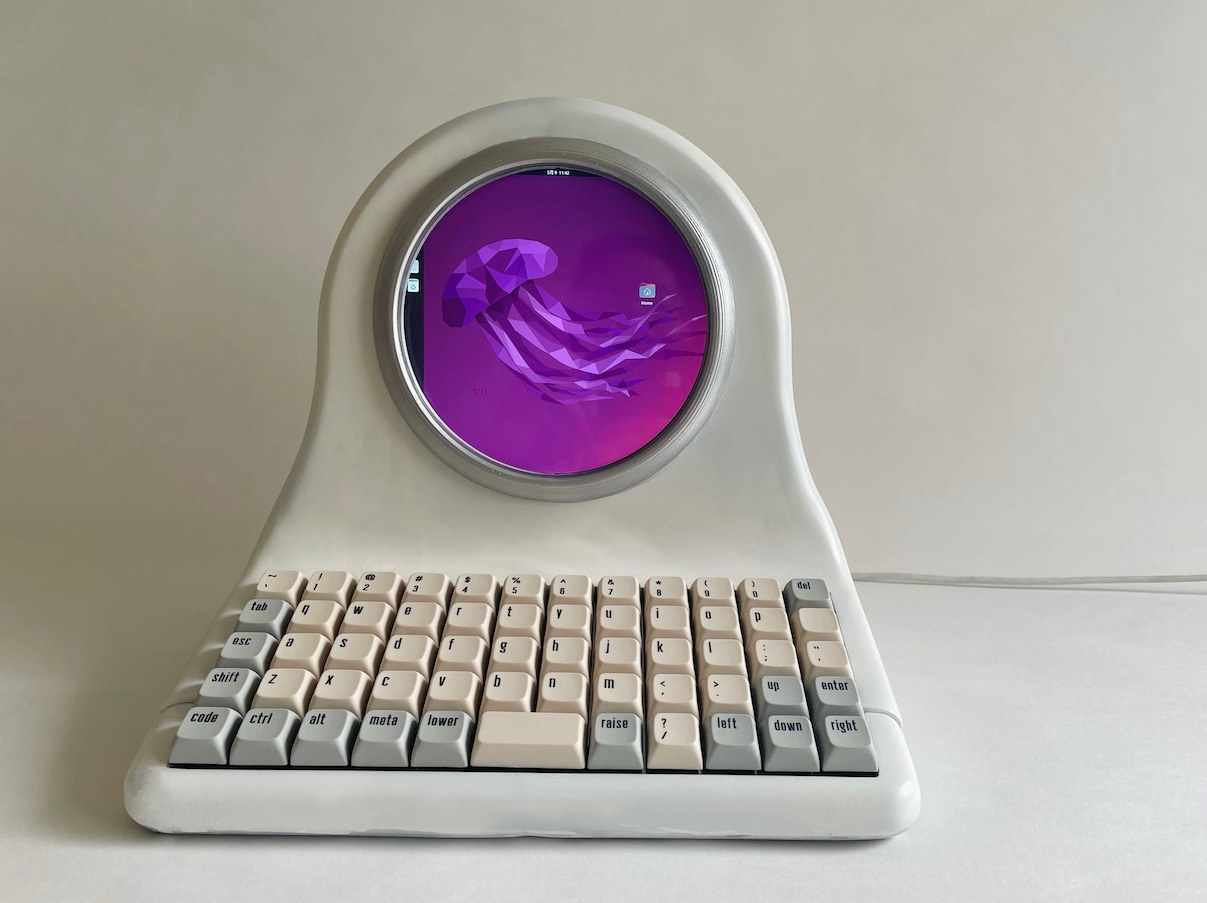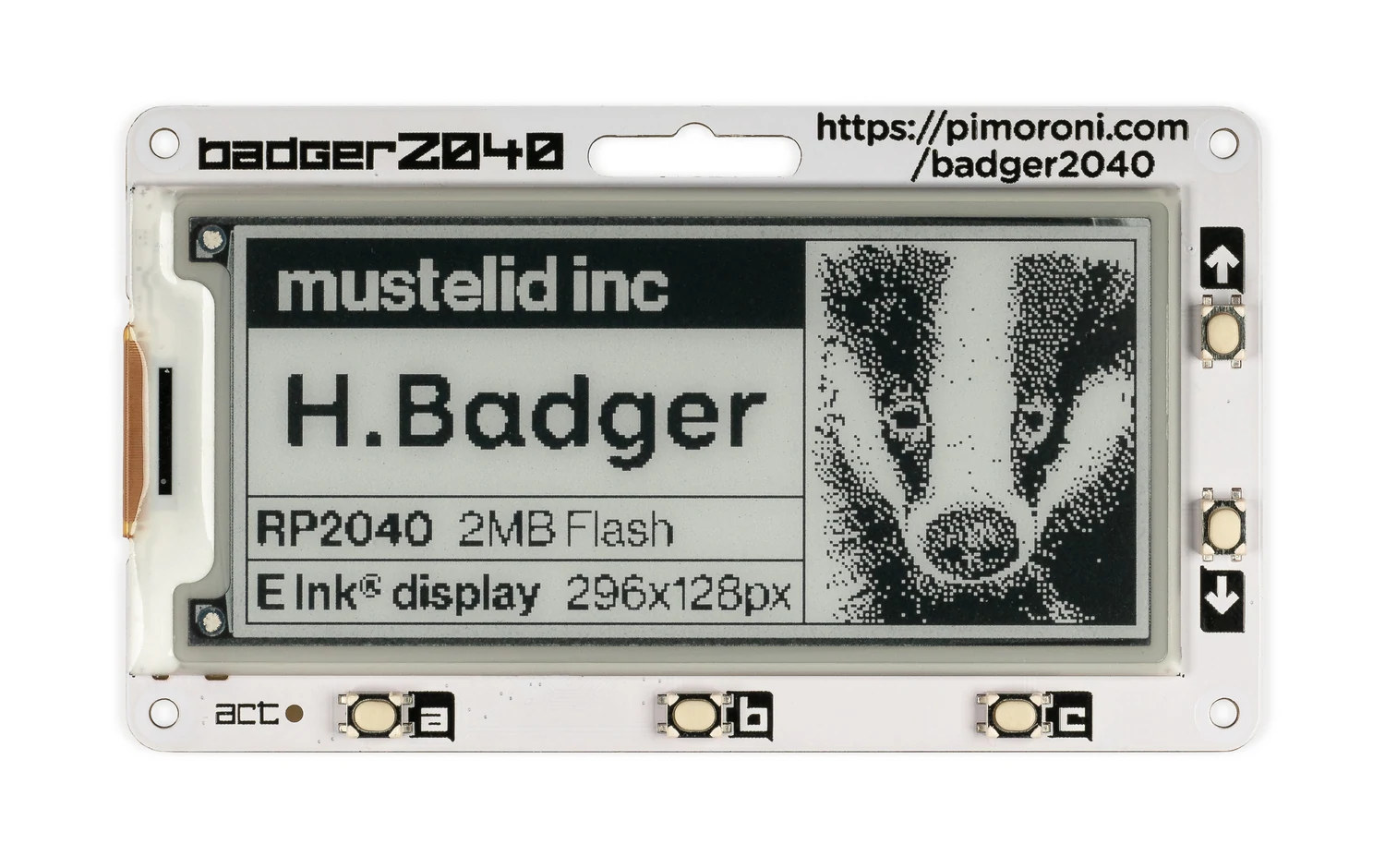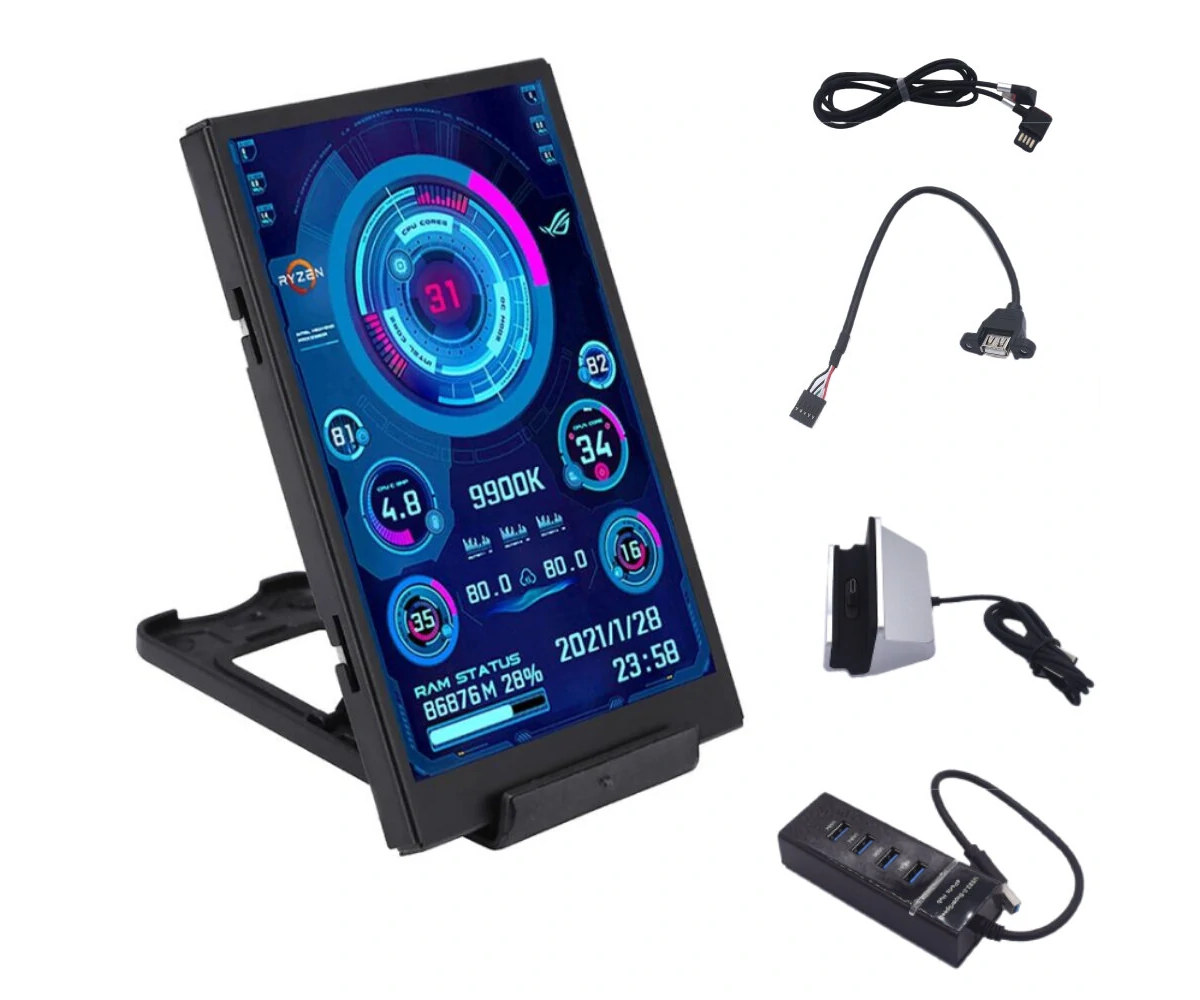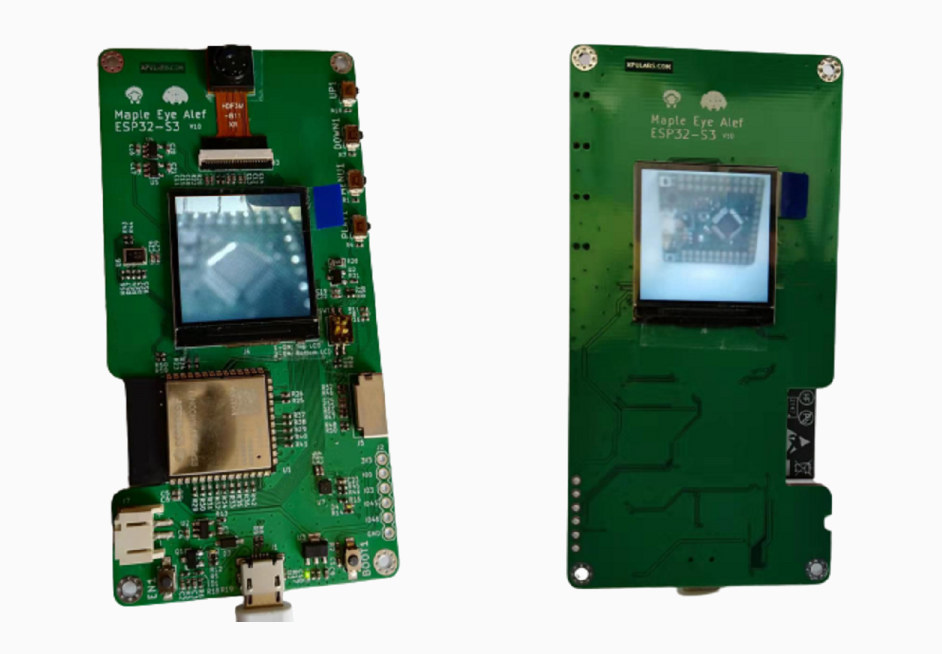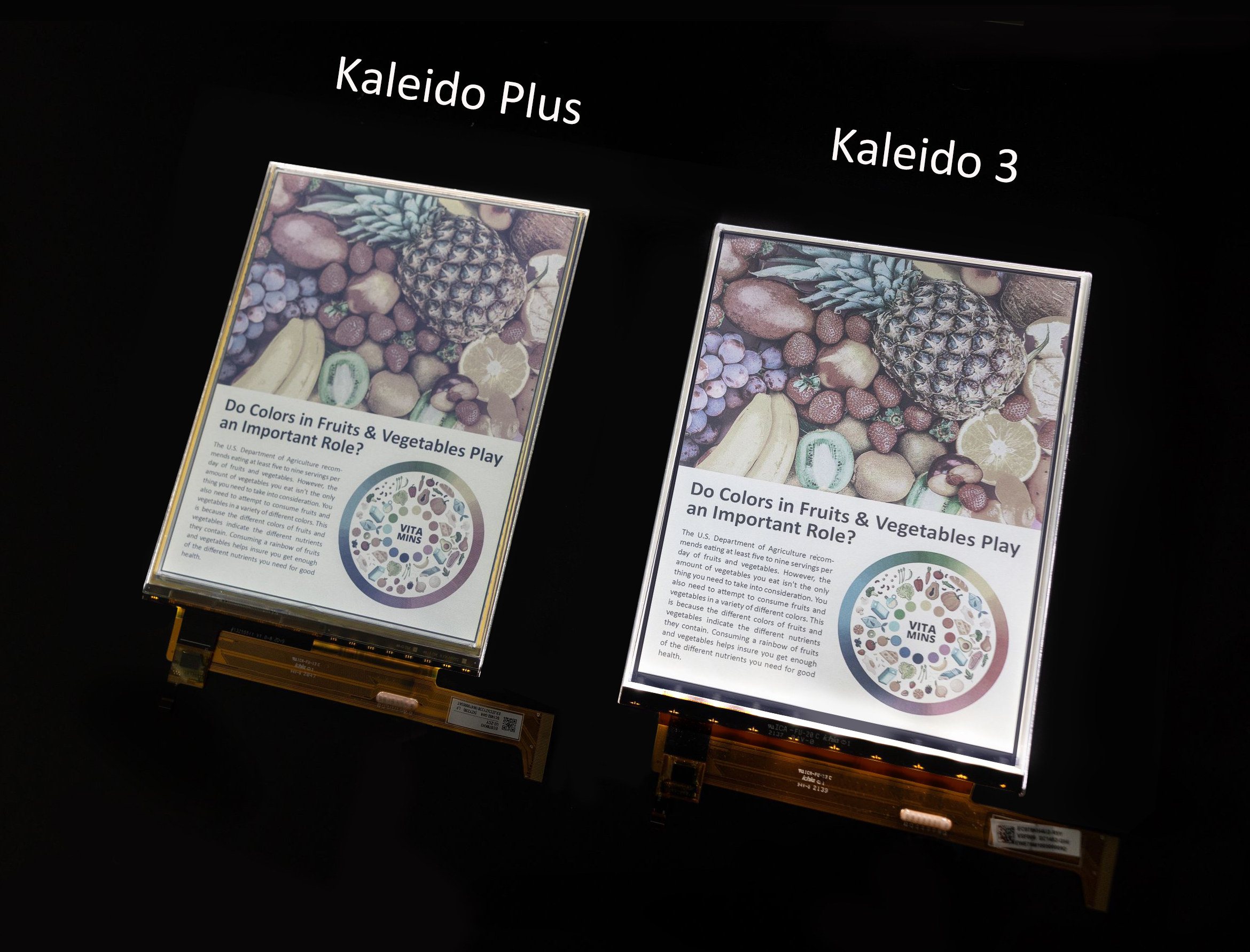Sipeed has launched the Lichee RV Dock Pro kit for the company’s Lichee RV Allwinner D1 RISC-V module that builds on the earlier Lichee RV Dock carrier board and adds a MIPI/RGB LCD connector, two built-in microphones, as well as an on-board JTAG+UART debugger based on Bouffalo Lab BL702 microcontroller. Lichee RV Dock Pro specifications (preliminary) which changes in bold or strikethrough: Supported system-on-module (SoM) – Lichee RV module with Allwinner D1 RISC-V processor @ 1 GHz, 512MB DDR3, MicroSD card slot, and USB Type-C OTG port Storage – Optional SPI flash Display interfaces HDMI port up to 4Kp30 MIPI LCD/RGB interface for up to 720p30 display Audio – 3W power amplifier, 2x analog microphone, support for 6-mic array via expansion Connectivity – WiFi 4 and Bluetooth 4.2 via Realtek RTL8723 wireless module with ceramic antenna, IPEX antenna connector USB – 1x USB Type-A port adding to the USB-C OTG […]
Raspberry Pi RP2040 board comes with 0.42-inch display, Qwicc I2C connector
We’ve recently written about ESP32-C3-0.42LCD board with ESP32-C3 wireless microcontroller, a 0.42-inch display, and a Qwicc connector for expansion. But it turns out the developer, 01Space, has also launched an almost identical board, RP2040-0.42LCD, with Raspberry Pi RP2040 MCU replacing the ESP32-C3 WiFi and Bluetooth MCU. RP2040-0.42LCD board specifications: SoC – Raspberry Pi RP2040 dual-core Cortex-M0+ microcontroller at up to 125 MHz, with 264KB SRAM Storage – 2 MB SPI flash Display – 0.42-inch OLED USB – 1x USB Type-C port for power and programming Expansion Qwiic I2C connector 7-pin and 8-pin headers with up to 11x GPIOs, 2x SPI, 2x I2C, 4x ADC, 1x UART, 5V, 3.3V, VBAT, GND Misc Reset and Boot buttons RGB LED, power LED Power Supply 5V via USB-C port or Vin VBAT pin for battery input 3.3V regulator with 500mA peak output Dimensions – 23.5 x 18 mm Weight – About 2.5 grams The […]
Retro-style computer features 5-inch round display, Framework laptop motherboard
After completing a DIY Raspberry Pi Zero 2 W handheld PC earlier this year, Penk Chen has designed another, rather odd but cool-looking, DIY computer. The “Mainboard Terminal” is a retro-style computer with a round display powered by the mainboard found in Framework modular laptop. The computer has been tested to work with Ubuntu 22.04 out of the box with just a few configuration tweaks for the display, but other operating systems should also work considering the mainboard is based on an Intel Core i5-1135G7, i7-1165G7, or i7-1185G7 Tiger Lake processor. There are four main off-the-shelf electronics components: Framework laptop mainboard ($399 and up) OLKB Preonic Keyboard MX Kit V3 key ($140) 5-inch round LCD with 1080×1080 resolution plus its HDMI adapter board (550 RMB = about $82) So most of the work consisted in designing the enclosure, and Penk released the STL design files on Github under an MIT […]
Badger 2040 is a programmable E-Ink display powered by Raspberry Pi RP2040
Pimoroni Badger 2040 is a Raspberry Pi RP2040 board equipped with a 2.9-inch black and white E-Ink display with 296 x 128 resolution and programmable with C/C++, MicroPython, or CircuitPython. The board is not just an ePaper badge, as it also comes with five buttons, and expansion capability through a Qwiic/STEMMA QT connector plus some pads with UART, I2C, interrupt, and power signals. Badger RP2040 specifications: MCU – Raspberry Pi RP2040 dual-core Arm Cortex M0+ running at up to 133Mhz with 264kB of SRAM Storage – 2MB QSPI flash Display – 2.9-inch B&W E Ink display with 296 x 128 pixels resolution, ultrawide viewing angles, ultra-low power consumption; Dot pitch – 0.227 x 0.226 mm USB – 1x USB Type-C port for power and programming Expansion Qwiic/STEMMA QT connector 10 pads with I2C, an interrupt pin, UART, SWC/SWD, 3.3V, GND Misc 5x front user buttons Reset and boot buttons (the […]
Turing Smart Screen – A low-cost 3.5-inch USB Type-C information display
“Turing Smart Screen” is a low-cost 3.5-inch USB-C display that connects to systems with a USB port, and works with Windows, Linux (including Raspberry Pi), MacOS, and other operating systems that support Python3. But contrary to my initial assumptions, it does not exactly act as a second monitor, and instead, it is an information display, originally designed to show resource utilization, e.g. CPU and memory usage, in Windows, and controlled through commands send to the USB port. Turing Smart Screen specifications: 3.5-inch IPS display with 480×320 resolution, portrait and landscape support MCU – WCH CH552T 8-bit E8051 core MCU for USB devices Host interface – USB Type-C interface Auto start on power on Dimensions Product: 85 x 55 x 8 mm Display area: 74 x 49 mm The manufacturer says it works with Windows only using its own software, and not AIDA64. The Windows software features functions to change the […]
E Ink Gallery 3 color ePaper offers faster refresh rate, higher resolution
This is confusing. E Ink just announced the Kaleido 3 color e-paper at the beginning of the month, and now comes up with E Ink Gallery 3 color e-paper. Before we try to look into the differences, let’s see what E Ink says about the new Gallery 3 color ePaper technology. Designed for the eReader and eNote markets, E Ink Gallery 3 is based on the E Ink ACeP (Advanced Color ePaper) with a full-color gamut achieved through a four-particle ink system: cyan, magenta, yellow and white, which allows a full-color gamut at each pixel. The earlier E Ink Gallery has a black and white update time of two seconds, and color updates of ten seconds. The new Gallery 3 ePaper technology slashes those times to 350ms for black and white and as low as 500 ms in fast color mode. The standard and best color modes have refresh rates […]
Maple Eye ESP32-S3 board offers 2MP camera, microphone, and two LCD displays
AnalogLamb Maple Eye ESP32-S3 is a WiFi and Bluetooth connected board based on ESP32-S3 dual-core Xtensa LX7 microcontroller and equipped with one 2MP camera, one microphone, and two LCD displays placed on each side of the board. Those features, plus 8MB of flash and an 8 MB Octal PSRAM, allow the board to make good use of ESP32-S3 AI instructions through the ESP-DL library found in ESP-WHO framework in order to speed up face detection and recognition algorithms, or for audio processing. Maple Eye ESP32-S3 specifications: Wireless module – ESP32-S3-WROOM-1 module with ESP32-S3 dual-core Xtensa LX7 processor @ up to 240 MHz integrating vector instructions for AI acceleration, 512 KB SRAM, 8MB PSRAM & 8MB Octal SPI Flash Storage – MicroSD card interface Displays – 2x 1.3-inch TFT LCD displays, selectable by switch Camera – 2MP OV2640 camera Audio – Digital microphone for VAD (voice activity detection) & ASR (automatic […]
E Ink Kaleido 3 color e-paper display increases color saturation by 30 percent, reduces blue light reflections
E Ink’s latest Kaleido 3 color ePaper display increases color saturation by 30 percent compared to the earlier Kaleido Plus color e-paper display, integrates E Ink ComfortGaze new front light technology engineered to reduce the amount of blue light reflected off the surface of the display, in order to provide further comfort while reading. The new modules based on Kaleido 3 will be offered in various panel sizes including 7.8-inch, 10.3-inch, and 13.3-inch, support up to 16 levels of grayscale and 4096 colors, and target eReaders and eNote devices. E Ink explains that Kaleido 3 relies on the company’s Print Color ePaper technology, “where a color filter array (CFA) is used in conjunction with E Ink’s Carta black and white ink film, creating a full-color device for a more fully realized eBook shopping and reading experience”. As I understand it that part has not changed, and it’s just the same […]


